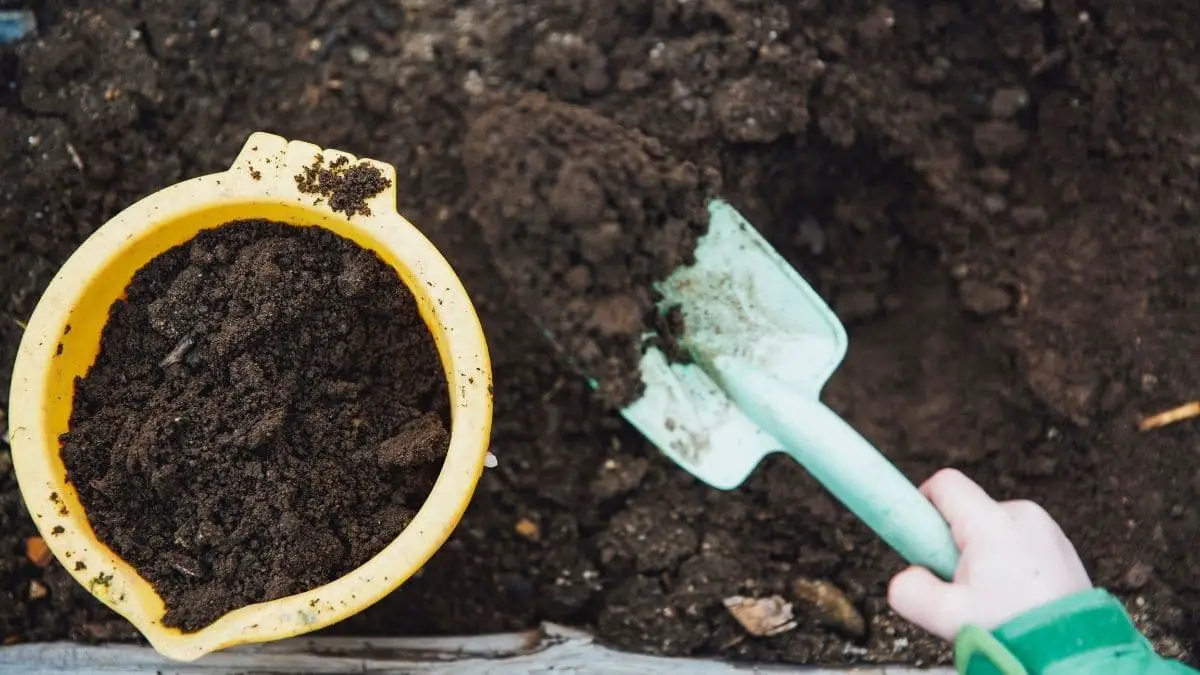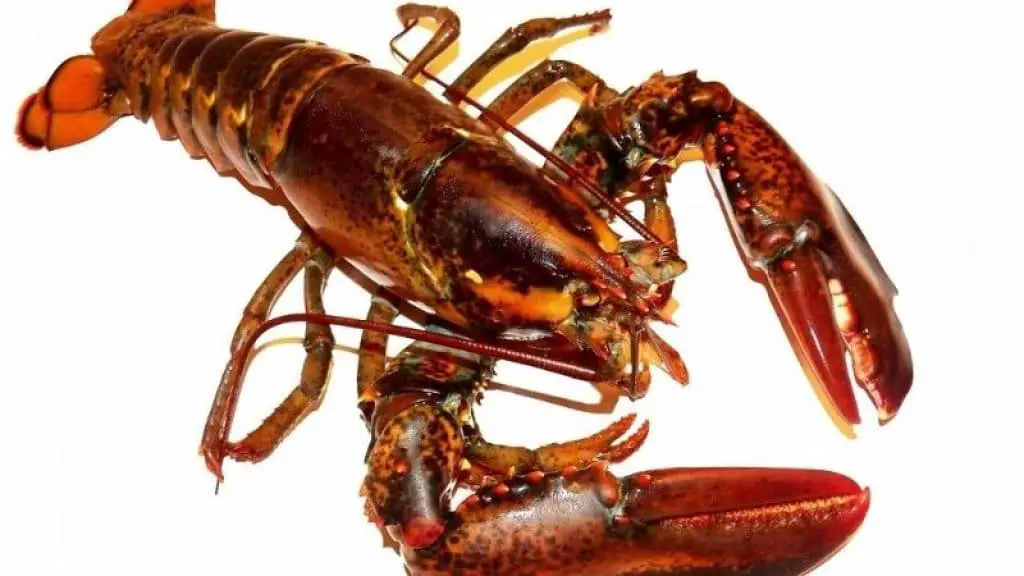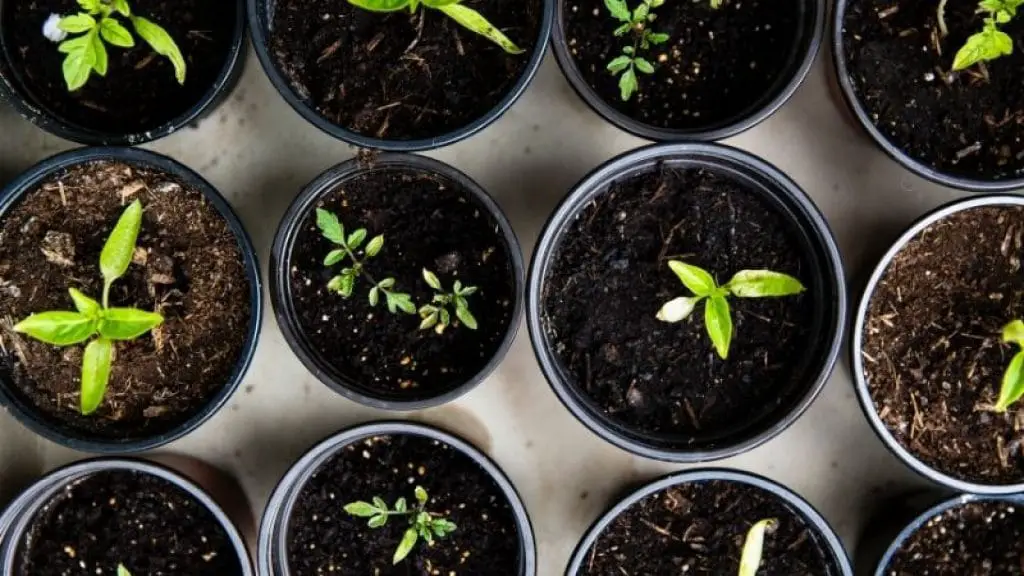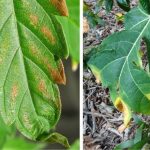How to Use Crab Shells in Compost? The Ultimate Guide

Do you want to increase the fertility of your soil without damaging plants, soil, or the environment? Then go for Organic Fertilizers. But what type of Organic fertilizer compost you should use? What should you add to the compost? The answer is simple, use Crab shells in Compost!
Crab Shells are continuously gaining importance among gardeners. They are in the debate because of the advantages they offer to plants and trees. Some people are even calling Crab shells compost “magic”. What are these advantages? How you should make a Crab meal compost? Here we are answering your every question. So, stay with us to know everything about crab shells compost, and Thank us later!
- As a bonus, we have also discussed other seafood composts as well.
What is a Compost?
A decaying organic material that is used as a fertilizer for improving the plant’s soil is called compost. Different decaying organic materials are used as a fertilizer. These include decaying fruits, vegetables, bones, leaves, etc. Compost must be balanced in the ratio. Add two-thirds of green matter like grass clippings, fruits, vegetables, kinds of seafood, and one-third brown matter like dried leaves, straw, etc.
Making compost is a win-win situation. By making compost, you are not only improving plant-soil but also preventing organic matters from going to a landfill. In the modern world, there is a special emphasis gong on utilization the things to the maximum extent and also to promote recycling. Putting crab shells in the compost is one example.
Are Crab Shells Compostable? Answering your Question!
People always search on the internet “Are crab shells compostable?” Well Yes, they are compostable and provide several benefits to the soil (More on that later!).
Crab Shells are an important ingredient in the compost which is used as Organic fertilizer. Like we use eggshells as an organic fertilizer, we can also use crab shells for the same purpose as well. But before adding Crab Shells in Compost, we first crush them.
How Long does it Take to Decompose Crab Shells?
After crushing, crab shells are mixed with a compost pile. Then, the pile is allowed to decompose over the winter season. This crushing is necessary as it speeds up the decomposition process. Moreover, add grass clippings or yarrow with crushed crab shells to increase the decomposition rate. After adding organic materials like crab shells, we have to wait for few months so that micro-organisms decay this organic matter which in turn release nutrients like nitrogen, phosphorus, calcium, and magnesium.
Crab Shells in Compost: Are Crab Shells Good for Compost?
Crab shell benefits make it the best source of organic fertilizer. Following are the crab shell fertilizer benefits:
1) Crab shells in compost are an organic mixture. Unlike inorganic fertilizers, organic fertilizers release nutrients slowly. Releasing nutrients slowly is beneficial for both growing medium and plants.
2) Unlike inorganic fertilizers, crab meal is environmentally friendly.
3) Crab meal also acts as a bio-pesticide. They contain chitin which bugs really hate. Moreover, the natural reaction against chitin protects plants from nematodes. Moreover, Canadian Researches has found that chitin digesting bacteria protected potato plants from fungus attack.
4) By putting Crab Shells in Compost, you are playing your part in “recycling” and also preventing them from going into landfills.
5) Crab Shells contain compounds that fungi and bacteria eat which in turn break the soil. When Chitin-rich shells are added to the soil, it enhances the activity of chitin-eating bacteria. So, crab shell fertilizer is a must if you do gardening as it plays a key role in making soil a better-growing medium.
6) Artificial fertilizers damage the soil by increasing the acidity or alkalinity of the soil. Organic fertilizer compost does not do that. Crab shells contain calcium Carbonate which lowers the acidity of soil and maintains the pH which in turn leads to better plant health.
7) We can add calcium to the soil by adding Crab meal compost. Calcium is necessary for normal roots development. Calcium is also key in maintaining the cell walls of plant cells. Moreover, it also activates enzymes to perform certain functions like coordination in cellular activities.
How to Compost Crab Shells?
You asked can crab shells be composted and we are giving you an answer to how it is done:
1) In the first step, Crab Shells are dried. They are boiled for 20–30 minutes and then toasted in the oven for some minutes. Boiling and toasting remove extra undesirable fats from them. If these fats are not removed, they can ruin composting.
2) After that, they are broken down into tiny little pieces. You must be wondering how to grind crab shells. Well for this, you can use any metal you want. Make sure you ground them into tiny pieces.
Then two procedures are followed:
One is fast composting and the other is slow composting:
Fast Composting
A) Add shell pieces, weeds, grasses, and other organic pieces into a 3X3 foot spread. Add the proper amount of crab shells in compost.
B) Mix this mixture with a spade or pitchfork. Change the layers of the compost as it will give the necessary oxygen to microbes who are decomposing this organic mixture. This will result in the release of heat and the temperature of compost could go up to 160 Fahrenheit.
C) In the next step, add water to this organic mixture or compost pile. Without moisture, microbes cannot decompose the organic matter and compost won’t produce the result you want. Moreover, don’t add too much water to it as it will make the compost squishy and smelly.
D) You can also poke some holes in the compost pile to let the air go in it to increase decomposition.
Note: Keep checking your compost pile daily to ensure that there is enough moisture in it. Proper moisture is very important for quick decomposition.
Slow Composting
A) In slow composting, we don’t break Shells into smaller pieces. Instead, we let nature decompose them at its own pace. What we do is we take the shells, put them in the middle of the compost, and conceal them with 10 inches of the compost pile.
B) Add grass clippings on top of that 10-inch layer of compost
C) Then, this is mixed with other organic materials like eggshells, etc. Wait for almost one year to use this compost. The temperature will remain between 80–120 Fahrenheit.
Are there any other seafood shells you can also use in making compost? Yes, In addition to crab shells, the exoskeleton of lobsters, shrimps, and other kinds of seafood and insects also contain chitin. Chitin functions just like the bone meal and add nitrogen to the soil.
Shrimp Shell Compost
Sea contains species that are beneficial beyond our understanding. Shrimp is not only full of proteins but also its shell can also be used as an organic fertilizer. Just like crabs, its shell is made up of chitin who is proven to be beneficial for soil health.
However, you have to be careful with using shrimp shells as their odor can invite pests. But this problem can be mitigated by first boiling the shells and then breaking them into pieces. But still, when you add shrimp pieces into the compost pile, cover it with other organic pieces.
Compost can also be made from Shrimp tail as well. Almost entire shrimp can be used to make compost. The shrimp, just like crab shells in compost, contains compounds that feed bacteria and fungi, which leads to the breakdown of soil. When used with Potato pieces, the compounds in shells can play their role in destroying nematodes eggs as well.
How to Make Shrimp Compost?
1) Collect some shrimp shells and put them into a tight lid bucket. Keep them there until it is time to make compost.
2) When you make a compost pile, dig a hole between it which should be 10–12 inches deep.
3) Add shrimp shells in it and conceal them with the compost pile.
4) Then, add grass, weeds, kitchen scraps, and dried leaves in it as well.
5) Keep it for one year before using it in your garden or field.
This is how to make shrimp shell fertilizer to give your plants’ soil a better life.
Some people suggest adding Shrimp shells only to make compost. They are also right in their place as shrimps are expensive and you don’t want to spend your hard-earned money on just compost. Moreover, shrimp meat also invites rodents, animals, and insects from nearby. So, they suggest you be careful while dealing with shrimps. Use a fork to ensure that there is no meat attached to the shell before adding it to the compost pile.
What You Should Not Add in the Compost Pile?
Many experts suggest not to add meat and dairy products to the compost pile. They give the reasons that it will attract animals, rodents, and insects from nearby areas into your garden. Even cases of foxes are also reported in the US. They “attacked” compost to get the meat out of it. Furthermore, when animals dig the compost, it ruins the decomposition process as they also throw out some important organic matters from the compost pile.
Moreover, don’t add such materials which could prove to be toxic like certain chemicals, ink, wooden chips with paint on them, etc. Some of the toxins don’t decompose in the compost and stay as it is. However, some toxins break down and add their harmful elements to the compost. This will make Plant soil harmful and you will not get the desired results out of that compost.
Lobster Shells in the Compost
Lobster shells are also known as “Green material” and their process is similar to shrimps and crabs compost as well. Lobsters are thoroughly washed before grinding. Then, they are broken down into tiny pieces. However, some don’t follow these steps as Lobsters are brittle and sunlight will eventually fasten their breakage process. However, if you are going to bury shells in the pile compost, then breaking down is the best option.
Lobster shells provide nitrogen, magnesium, and phosphorus after decomposition. But that’s not it as lobsters provide much more than that. Their shells are rich in chiton and when they are decayed, they naturally add moisture to the compost pile. Moisture is necessary for microorganisms to smoothly decay the organic matter. So, lobster compost is like a blessing for such areas which is hot and arid.
Similarly, one more question is always asked: “Can you compost oyster shells?“ Yes, you should give a second life to Oyster shells as well by using them in the compost piles. Their process is similar to other seafood shells as well. First, break them into pieces, then add them into the compost pile, maintain moisture and allow air contact. Wait for few months and you have your very own oyster shells compost.

Which Plants gets the most Benefit from the Compost?
Some plants or trees need extra nutrients to properly grow and develop fruits. Plants like Apples, cabbage, berries, cherries, grapes, broccoli, brussels sprout, pears, peanuts, tobacco, tomatoes, etc need extra nutrients. Thus, we must add compost for such plants and trees and should not rely only on inorganic fertilizers
But why do we need organic fertilizers? Well because Inorganic fertilizers are expensive and also damages soil and the environment. Also, inorganic fertilizers increase the acidity of the soil as well. In addition to this, when nutrients from fertilizers runoff to water streams, they can cause many lungs and kidney diseases.
Organic fertilizers do not harm plants or soils in any way. That is why you should also include organic fertilizers or compost into your plant soil in addition to some inorganic fertilizer. Moreover, for better results, add compost before transplanting.
Reminder: Don’t over-add organic fertilizers. Adding way too much organic fertilizers won’t help the soil at some point. So, how to know how many organic fertilizers you should add? For this, a Soil test is recommended. A soil test will tell you what your soil lacks in what percentage. So, you will get an idea of how much fertilizers (both organic and inorganic) you should add to make the soil more productive.
How Much Compost I Should Add?
- If you are growing vegetables and flower buds and have a soil surface of six inches, then add 3 inches of Compost.
- If there are containerized plants, then one-quarter of compost must be added to the total soil volume.
- For heavy feeders like roses, add one inch of compost.
- For normal feeders like herb plants, add half an inch of compost
- For better results, mix compost before planting a seed or sapling. For already grown trees, it is better to fertilize your trees with compost in the springtime.
Conclusion
Organic fertilizers are an important source of nutrition for plants and trees. These are environmentally friendly as well. That is why they are in debates as climate change is a reality. When organic fertilizers are discussed, Crab meals and other seafood shell meals are also discussed. Crab shells in compost are now gaining popularity to due the advantages it offers to the soil. It can be made in two ways: Fast composting and slow composting. It adds nutrients like calcium, nitrogen, phosphorus, magnesium, etc., and also protects plants from nematodes. Moreover, in addition to crab compost, shrimp shells, oyster shells, and lobster shells are also used in making compost.
So, do a favor for your plants, add seafood especially crab shells in compost, and make your plant’s life better. If you have any questions related to this, ask them in the comments section and the Gardening Aid will respond to you as soon as possible. Keep visiting us to know new and interesting gardening and agriculture updates!
FAQs
Can you use crab shells for fertilizer?
Oh Yes, you can and should use crab shells for the fertilization of plants. Always add organic fertilizers with inorganic fertilizers to better your plant’s health.
Are crab shells biodegradable?
Yes, crab shells are biodegradable. They take weeks or months sometimes depending upon the air contact and moisture they receive. Moreover, as Crab shells have chitin, they are now debated to replace plastics that take centuries to degrade.
Can you do anything with crab shells?
You can do many things with crab shells like making fertilizer and also they can be consumed as food. For example, Seafood Broth and Risotto use crab shells.
How do you compost crabs?
The complete process is explained in this article. We suggest you read it again!
Related Topics:
1) How old should seedlings be before utilizing nutrients.
2) Tired of Fungus Gnats’ attack? Know how you can get rid of them.
3) Best ways to get rid of mold on weed.











